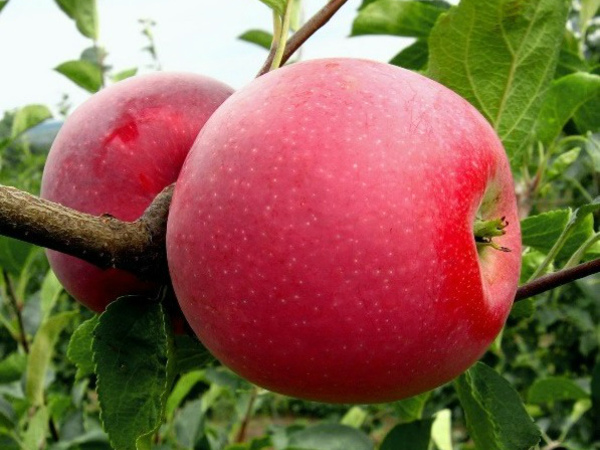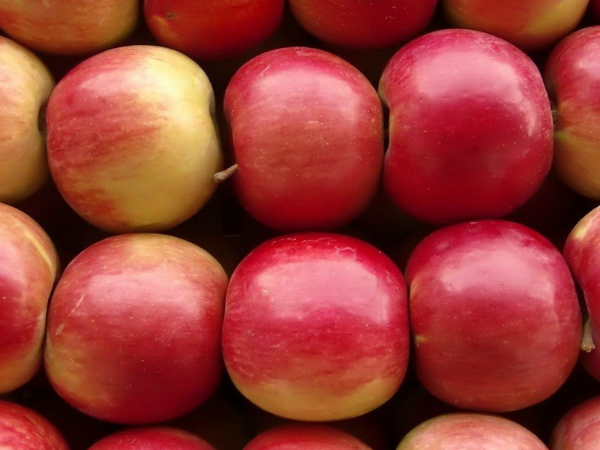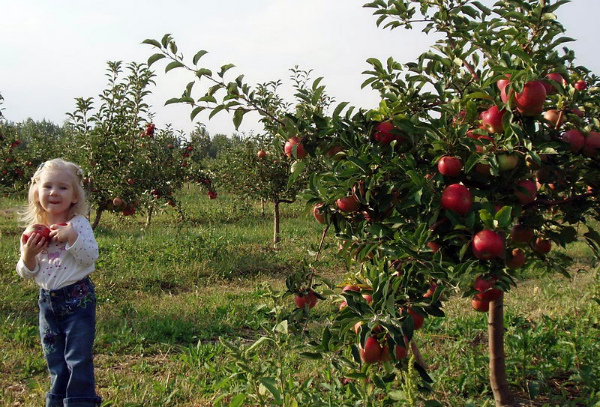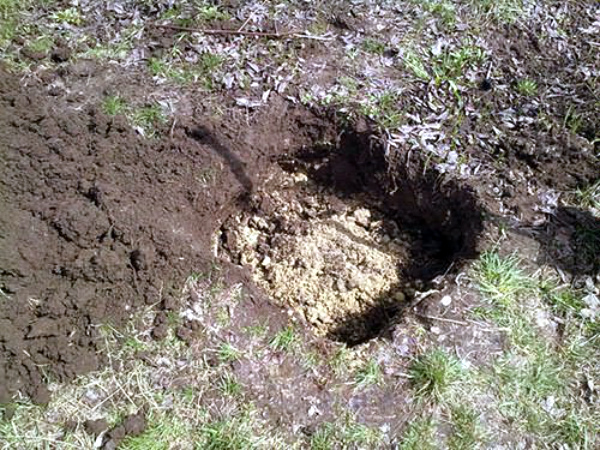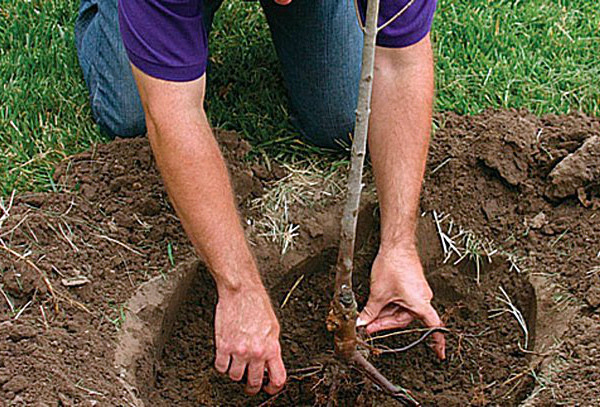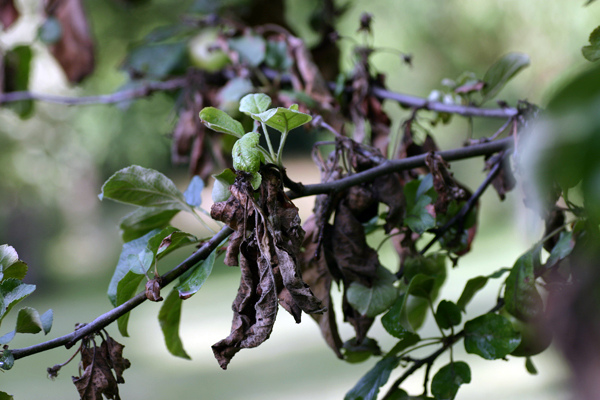Description and characteristics of the apple variety Idared
Content
General description of the variety
The Idared variety was bred back in 1935 by American breeders by crossing two no less well-known nowadays “Jonathan” and “Wagner” varieties. And since commercial use is a priority in this country, the hybrid is highly resistant to diseases, unpretentious to conditions and care, as well as high yields. These qualities contributed to the fact that the variety began to be actively cultivated in many countries, and by the end of the 60s it became widespread in the southern and some central regions of Russia.
The apple tree of this variety is voluminous and rather high (up to 6 m), has a large trunk and powerful, well-branched main branches extending from the trunk at an acute (approximately 45 degrees) angle. The crown is spherical, the foliage of the branches is high. The bark of the trunk and main branches is gray-brown, the young branches are gray in color. The foliage is dark green, the plates are oblong, pointed at the apex. This external description is characteristic of an adult 5–8 year old tree.
The apple tree blooms at 3-5 years of age in early spring (late April - early May). The flowers are large, white, with an intense pinkish tinge at the edges, collected in bulky corymbose inflorescences. The fruits of the Idared apple tree are large (150–190 g), wide, slightly flattened. The color of the apples is greenish-yellow with a bright crimson blush, sometimes completely covering the fruit. Thin, but rather strong peel covered with a light bloom. The pulp of apples is creamy, juicy, slightly crispy, sweet and sour in taste.
The fruits reach removable maturity by the end of September, but it is not at all necessary to remove them at this time, since they do not fall until the very frost. Under proper conditions, in a cool and dark place, apples are stored without problems throughout the winter and even in spring they are still juicy and aromatic.
Another advantage of Idared apples is considered to be good transportability, due to which the variety is often grown for industrial use.
The yield of the variety is high, however, the first 2-3 years of fruiting, while the apple tree is in active growth, the number of fruits is insignificant. The apple tree bears a full harvest from the age of 5-6, and, which is typical, it bears fruit abundantly and regularly every year. Apples are distributed on the branches evenly by 2-3 fruits, in especially fruitful years the branches of the apple tree are literally hung with whole garlands of fruits.
Optimal growing conditions
Apple trees of the Idared variety do not tolerate severe frosts, so their cultivation is recommended in areas where the winter temperature does not fall below -20 ° C.
In Russia, the most suitable regions for the cultivation of crops are the Caucasian, Nizhnevolzhsky, Krasnodar Territories, as well as the regions of the Moscow region.
As the description presented above narrates, the variety is quite unpretentious, however, the creation of elementary conditions for the growth of the crop is necessary for high yields. For a young apple tree to successfully take root, it must be watered at least 5 times per season in the first year of life, and 2-3 times in the second year. Watering should be abundant - at least 3 buckets of water for 1 watering. Then, during the fruiting period of the apple tree, watering is carried out during flowering, fruit formation and in the middle of the apple ripening process.
Starting from the second year after planting, trees need mineral fertilizing. For the prevention of fungal diseases in spring and autumn, the crown is sprayed with a solution of Bordeaux liquid or copper sulfate. Fertilizers or mixtures containing potassium must be applied to the soil. Apple trees of this variety need crown formation. This procedure is carried out in early spring and involves minimal pruning of the branches.
Planting apple seedlings Idared
Planting young seedlings can be carried out both in autumn and spring, but autumn is still considered the best period for this (end of September - first half of October).
Planting holes for trees should be prepared in advance, about 2 months before planting. This time is necessary so that the pit has time to settle, and the fertilizers introduced into it are absorbed.
The preparation of the landing pit itself is as follows:
- First, the site for planting apple trees must be dug up, weeds, roots, large lumps of earth must be removed.
- During digging, peat, river sand and humus are introduced into the soil. It is imperative to use peat together with sand, since this tandem has a high permeability to moisture and air and reduces the likelihood of root putrefaction.
- Then a hole is dug with a diameter of 100-120 cm and a depth of 60-80 cm. The depth of the hole may vary depending on the size of the seedling; the hole should be of such depth that when planting, the root collar is about 3 cm higher from the level of the hole.
When planting, it is necessary to ensure that the roots are evenly distributed in the hole, and the tree is located strictly vertically. When filling the soil, the seedling needs to be shaken slightly so that the earth penetrates between the roots. After falling asleep, the soil is slightly compacted, a shallow hole is made around the trunk, into which the tree is abundantly watered with 1-2 buckets of water.
If planting is carried out in the spring, then the planting pit is prepared in the fall.
Young apple trees planted in spring need more frequent watering, since they do not take root well due to the intense heat.
In the first year after planting, fertilizers are not used, since there are enough of those that were introduced into the planting pit. In the second and subsequent years, fertilizers (urea, potassium sulfate, ammophoska) are embedded in tree trunks.
Diseases and pests of the apple tree
As the description says, the Idared variety has a high immunity to diseases, but the situation with pests is more complicated. The apple tree is often invaded by insects such as aphids and honeydew. Apple aphid lays its eggs since autumn, and in spring whole colonies of larvae appear from them, which live on leaves and feed on their juice. In the fight against these insects, spraying with tobacco infusion is used, and for the purpose of prevention, trees are treated with Bordeaux liquid in spring and autumn.
Copperhead is no less dangerous pest of the apple orchard. This insect damages the buds, flowers and even the roots of the tree. In the fall, in the folds of the branches at the base of the buds, the sucker lays eggs, from which larvae appear in the spring. This scourge is fought with the help of insecticides (Kemifos, Nitrafen).
Another pest of foliage is the red mite. To get rid of it, the tree must not only be treated with drugs, but also mechanically cleaned the areas with the laying of its eggs.
Often, this variety of apples is exposed to pests that feed on fruit juice - this is an apple sawfly and a moth.The sawfly more often damages the ovaries, because of which they crumble, and the caterpillars of the moth are more fond of almost ripe fruits. From them, the trees must be processed during flowering and the formation of ovaries.
With timely processing, the apple tree of this variety, the description of which was presented in this article, will annually delight you with a high yield and high-quality fruits.
Video "Protecting the apple tree"
A video on how I protect an apple tree from diseases and pests, using both chemicals and organics during the season.

